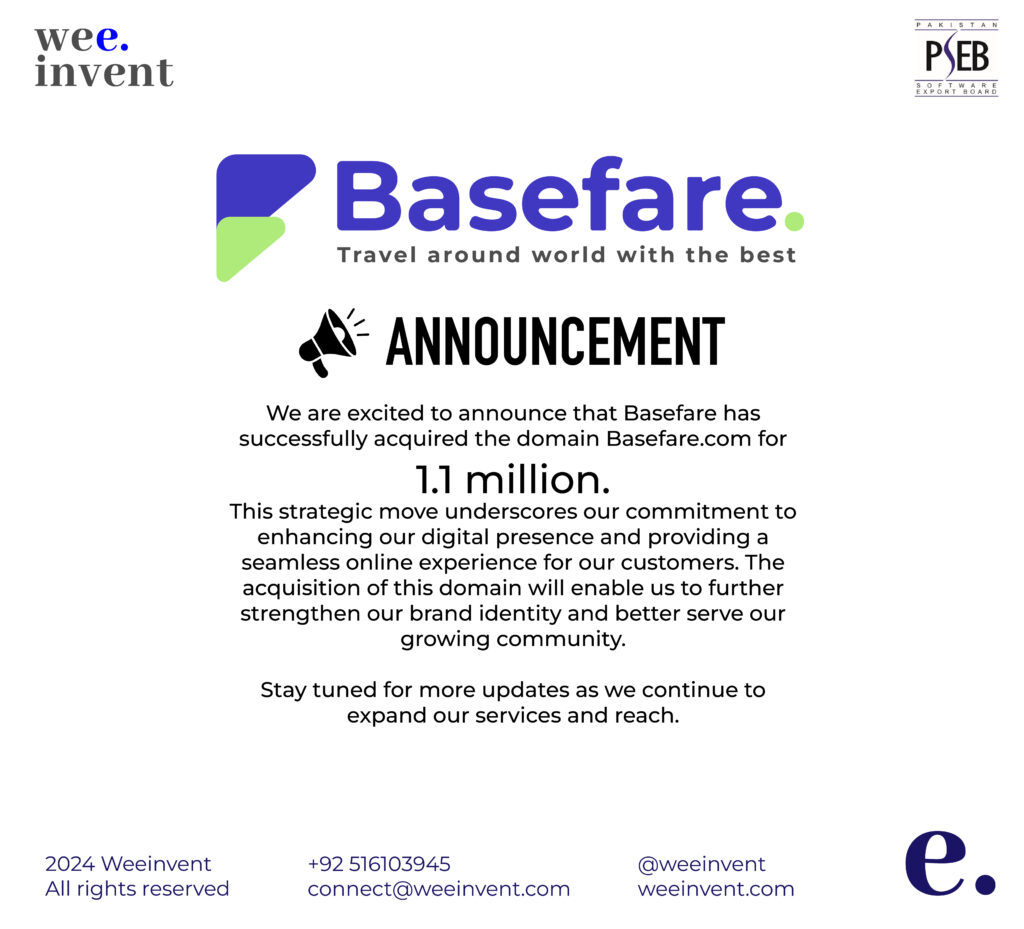What You Shouldn’t Be Doing with Your Cybersecurity in 2024
As we navigate through 2024, the cybersecurity landscape is more complex and challenging than ever before. With cyber threats evolving rapidly, organizations must be vigilant and proactive in protecting their digital assets. However, there are several common pitfalls that can undermine even the best cybersecurity strategies. This blog highlights what you shouldn’t be doing with your cybersecurity in 2024 to ensure robust protection against emerging threats.
1. Ignoring Regular Software Updates and Patches
One of the most critical yet often overlooked aspects of cybersecurity is keeping software and systems updated. Ignoring regular updates and patches can leave vulnerabilities exposed, providing an easy entry point for cybercriminals. A report by Ponemon Institute indicates that 60% of data breaches in 2023 were linked to unpatched vulnerabilities .
Cybercriminals constantly scan for systems with known vulnerabilities, and delaying updates gives them ample opportunity to exploit these weaknesses. To mitigate this risk, implement an automated patch management system that ensures all software and firmware are up to date.
2. Underestimating the Importance of Employee Training
Employees are often the weakest link in the cybersecurity chain. Underestimating the importance of regular cybersecurity training can lead to costly mistakes. According to Verizon’s 2023 Data Breach Investigations Report, 85% of breaches involved a human element, such as phishing attacks or social engineering .
Investing in comprehensive cybersecurity training programs is crucial. Regular training sessions should cover the latest threats, safe online practices, and how to recognize phishing attempts. By empowering employees with knowledge, organizations can significantly reduce the risk of human error leading to a security breach.

3. Relying Solely on Passwords for Authentication
Relying solely on passwords for authentication is no longer sufficient. Passwords can be easily compromised, especially if users recycle them across multiple platforms or use weak passwords. The rise of credential stuffing attacks, where hackers use stolen credentials from one service to access another, highlights the inadequacy of passwords alone.
Implementing multi-factor authentication (MFA) is essential for enhancing security. MFA adds an extra layer of protection by requiring users to verify their identity through multiple methods, such as a text message code, fingerprint, or authentication app. Gartner predicts that by 2025, 75% of large enterprises will use at least one form of MFA .
4. Neglecting to Regularly Back Up Data
Data backups are a critical component of any cybersecurity strategy, yet many organizations neglect this practice. Without regular backups, businesses risk losing essential data during a cyberattack, particularly ransomware incidents. The Sophos State of Ransomware 2023 report found that 37% of organizations experienced a ransomware attack, with 54% of those paying the ransom unable to recover all their data.
Regularly backing up data ensures that you have a reliable copy to restore in case of an attack. Backups should be stored in multiple locations, including offline and cloud-based storage, to protect against various types of threats.
5. Overlooking Insider Threats
While external threats often garner the most attention, overlooking insider threats can be a grave mistake. Insider threats, whether malicious or accidental, can cause significant damage. The 2023 Insider Threat Report by Cybersecurity Insiders revealed that 68% of organizations felt vulnerable to insider attacks .
To mitigate insider threats, implement strict access controls and monitoring. Employees should only have access to the data necessary for their roles, and all access should be logged and reviewed regularly. Additionally, fostering a positive work environment can help reduce the likelihood of disgruntled employees causing harm.
“The Sophos State of Ransomware 2023 report found that 37% of organizations experienced a ransomware attack, with 54% of those paying the ransom unable to recover all their data.”
In 2024, robust cybersecurity requires vigilance, proactive measures, and a comprehensive understanding of potential pitfalls. By avoiding the common mistakes of ignoring updates, underestimating employee training, relying solely on passwords, neglecting data backups, and overlooking insider threats, organizations can strengthen their defenses against the ever-evolving landscape of cyber threats. Prioritizing these aspects of cybersecurity will not only protect valuable assets but also ensure business continuity and resilience in the face of emerging challenges.
References:
- Ponemon Institute. (2023). Cost of a Data Breach Report.
- Verizon. (2023). Data Breach Investigations Report.
- Gartner. (2023). Predicts 2023: Identity and Access Management.
- Sophos. (2023). State of Ransomware 2023.
- Cybersecurity Insiders. (2023). Insider Threat Report 2023.






Companies often neglect to have written standards and policies around their cybersecurity. Why? Because dozens of them are usually needed, covering everything from equipment management to backup procedures, admin credentialing, remote work policies, and so much more. But it’s well worth the effort.